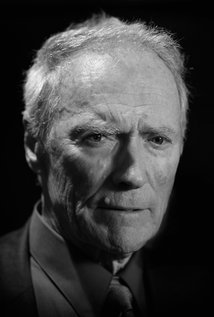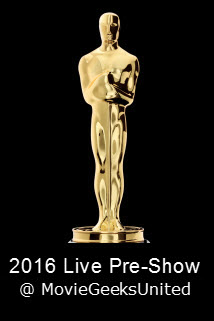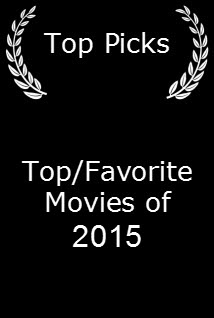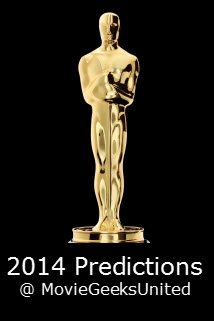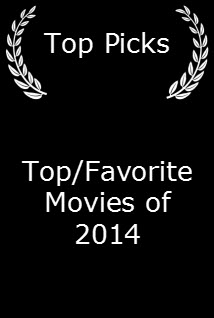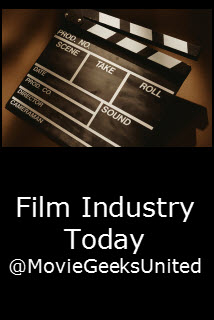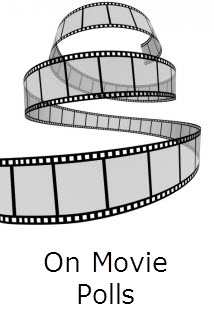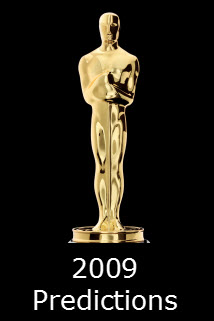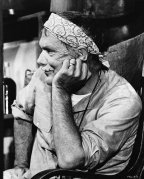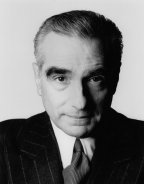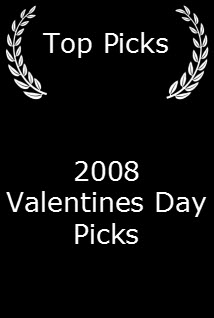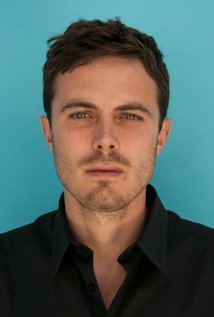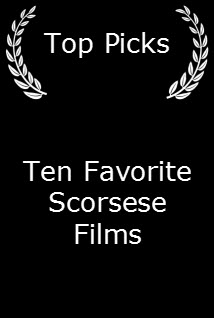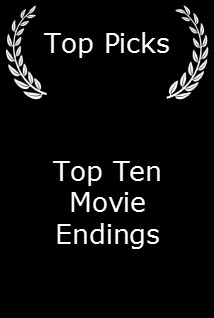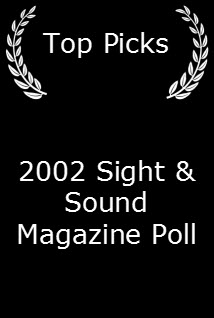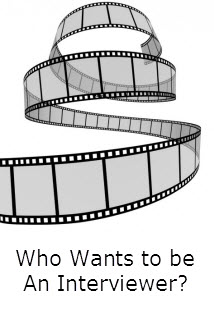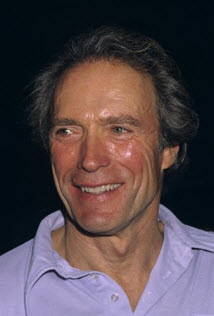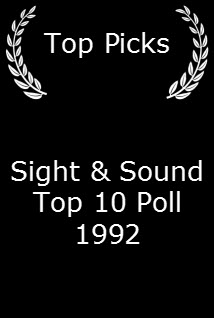Once Upon a Time in the West (1968)


Content by Tony Macklin. Originally published on June 6, 2016 @ tonymacklin.net.
Is Sergio Leone's Once Upon a Time in the West (1968) the best western of all time?
It could be.
When it was first released many viewers thought it was self-indulgent, tedious, and overlong. The truncated release - more than 20 minutes were trimmed from the original European release - bombed at the box office in the USA. But the passage of time allows us to realize its depths - if we want to. People don't like what they don't understand, but the passage of time can bring potential for consideration - and reconsideration. In the 48 years since its release, Once Upon a Time in the West has ascended to a vaunted place of style, creativity - and content. It is rich in symbolism and lore.
Once Upon a Time in the West may be the most mythical of westerns. It's about a passing time, and an approaching one. But that passage is not just conventional; it has artistic vision.
At the end, the "hero" Harmonica (Charles Bronson) is riding away from the coming crowd of civilization as the railroad is being built, assuring that the town of Sweetwater will burgeon and expand. We hear the sounds of hammering steel and see the mobs of workers installing the rails, and see the train with men. That in itself is a mythic moment.
But then Leone adds another. He has a lone woman (Claudia Cardinale) take water down to the huge crowd of men. She strides with purpose and command.
Leone is showing that the matriarchy is coming to the west. For good or bad, it's only a matter of time. It's a remarkable sequence. It deserves recognition.
In Once Upon a Time in the West, Leone turns the western askew. All the fundamentals are up for grabs. When you have a character Frank, played by 63-year old Henry Fonda, shoot and kill a young boy, you are in shocking territory. Shane would never do this, although Wilson (Jack Palance) might have in Leone's universe.
Like Hitchcock, Leone liked to manipulate his audience. Surprise and shock were among their shared methods.
After Henry Fonda finally agreed to be in Once Upon a Time in the West, he began to prepare for the role of the vicious villain Frank. He had an optometrist give him brown contact lens to cover his bright baby blues, and he grew a beard like Lincoln-killer John Wilkes Booth.
Leone was aghast when he saw Fonda and rejected the changes. He wanted the actor the audience liked and admired. In Once Upon a Time in the West, when Frank and his four partners approach the McBain farmhouse, only the boy is alive, standing stock still. We haven't yet seen the faces of the men. The camera swings around to reveal Fonda's face.
Fonda explained, "Sergio Leone had cast me because he could imagine at this time, the audience saying, "'Jesus Christ, it's Henry Fonda!'"
Fonda was the second leading actor for John Ford. He appeared in 7 Ford films.
Leone goes into Ford country with whiplash sensibility. You don't know where he's going to go next, but you know he's going to draw blood.
But Leone is not mean-spirited. In fact, he is a romantic with a very realistic sensibility. Romance fails, but it goes down with style. And Leone pokes at traditions and images. He is a sly iconoclast.
After McBain and his three children are shot by Frank and his four partners, Jill (Cardinale) comes to the ramshackle area of Sweetwater. She is a former whore, who married McBain in New Orleans and now is coming to join her new husband and his three children. She does not know that her new family has been assassinated on orders by crippled railroad-tycoon Morton who wants McBain's property because the railroad is going to go through it, and he can reap great profits by gaining ownership of the land. He's a businessman.
Frank is hired to get rid of people who could get in Morton's way. Harmonica and Cheyenne (Jason Robards, Jr.) try to protect the vulnerable Jill, who has a right to the land. Harmonica also is on a quest for vengeance.
Once Upon a Time in the West has many of the staples of the western: revenge, alienation, frontier justice, the battle for power, and the closing of an era. Leone uses many conventions, but he gives them a new and different rhythm. He winks as he punches. In the opening scene, Leone parodies High Noon, but he also goes beyond parody into myth and imagination. The scene works on several levels.
Leone knew the evolution of the western. He knew John Ford and Ford's values. He filmed some of Once Upon a Time in the West in Monument Valley, which is Ford Country. The Hanging Arch (at least the base of it) - which is the scene of a crucial flashback near the end - is in Monument Valley.
For years, the top-rated western ever made has been Ford's The Searchers (1956). Its reach and influences have endured. Paul Schrader, writer of Marty Scorsese's Taxi Driver (1976), sent me a letter for publication in Film Heritage, the international film journal I founded and edited. Is it ironic that the letter appeared on the last page of the 47th and final issue of the magazine?
Schrader wrote, "Scorsese and I agree that The Searchers is the best American film, a fact that must have influenced Taxi Driver. Scorsese and I referred to the scene between Sport and Iris (Harvey Keitel and Jody Foster) as the 'Scar scene.'"
Since that time the Duke and Ford have been challenged by shifting values. When I tried to get an interview with Clint Eastwood, on the phone I told his assistant about my successful interview with John Wayne.
The assistant responded, "Clint Eastwood hates John Wayne."
The Man With No Name - with the help of director Sergio Leone in three "spaghetti westerns" - saw to that. Eastwood did not stand in the shadow of the Duke. The anti-hero was now king. With Unforgiven (1992), Eastwood as actor and director laid the legend to rest.
My favorite Eastwood "western" is Don Siegel's Dirty Harry (1971). It's about a detective in San Francisco, but he has old-time western values. Times have changed. The end of Dirty Harry is shot at an old rock quarry, but in the far distance is modern traffic. Harry throws his badge - #2211 - into a lake. He's discarding the sign of his doppelganger, since he has shot and killed Scorpio. It's like a frontier sheriff, who can't be a lawman in contemporary society.
Also, in the elegiac evolution of the western we can't forget director Sam Peckinpah. With Leone, Peckinpah stylized violence in the western with a revitalized impact.
One of my favorite westerns is The Ballad of Cable Hogue (1970). It starred Jason Robards, Jr. and Stella Stevens. Although Robards - who has achieved greatness on the Broadway stage - may not seem like an actor who can play a cowboy, he also stars in Once Upon a Time in the West.
At one time I listed The Ballad of Cable Hogue in a Sight & Sound decadal poll, as one of the best films of all-time. A Japanese critic and I were the only two to exalt it.
The casting in Once Upon a Time in the West is remarkable. The good, bad, and the ugly relive. Bronson is the good, Fonda is the bad, and Robards is the ugly. Claudia Cardinale - although Sophia Loren was Leone's first choice - has an earthy beauty and vibrant alertness that give her key character a special humanity. All four actors are able to exhibit a hint of a smile on occasion. Leone loves close-ups of faces, and they may seem wooden, but they're not. Leone includes some subtlety. Leone likes strong effects, but the time and space he gives faces gives them an epical quality. The only time Leone give into caricature with his leading actors is in a flashback in which Fonda exhibits a wolfish expression. Otherwise humanity prevails.
As a boy, I loved Shane and Alan Ladd - his voice and personality. At that time I hadn't figured out that Shane was a Christ figure, at the end riding off, slumped, going to his death, leaving behind Joseph, Mary, and their son. Of course, I hadn't figured any of that out. I just liked Alan Ladd. I didn't realize until much later that he was dying. It takes time and distance.
But Shane still is a sweet childhood memory.
What may most elevate Once Upon a Time in the West to the very top is the score by composer Ennio Morricone. His music is eerie, romantic, and haunting. It has great dramatic effect. Great personality. It - like Monument Valley - is a star of the film. In the films of Leone, music is meaning. [A character is even named Harmonica.]
Morricone provided the evocative score of one of the best coming-of-age films, Cinema Paradiso (1988). Although Morricone may be best known for his work on westerns, he says that only 30 out of 100s he's done are westerns. Morricone's music is often sublime.
Leone died in 1989, but Morricone still is composing. A fractured femur made the 87-year old Morricone cancel an appearance in Los Angeles in 2015. But Quentin Tarantino convinced Morricone to do the score for The Hateful Eight (2015). To The Hateful Eight, Morricone contributed the unused score he had composed for John Carpenter's The Thing (1982) plus 25 minutes of new music. Morricone won the Oscar for his score.
In 2014 in homage to Morricone, Eastwood gives him credit for The Funeral music at the end of American Sniper.
What Leone and Morricone capture together is a multi-layered expression of truths and questions about them. It echoes with ambivalence. Is the train bringing civilization, good or bad? Is the gun, good or bad? Is isolation, good or bad? Is community, good or bad? Is business, good or bad.
Is the approaching matriarchy, good or bad?
Leone has his beliefs, but he leaves it up to us.
Once Upon a Time in the West exhibits his canny artistry. How special is that?

